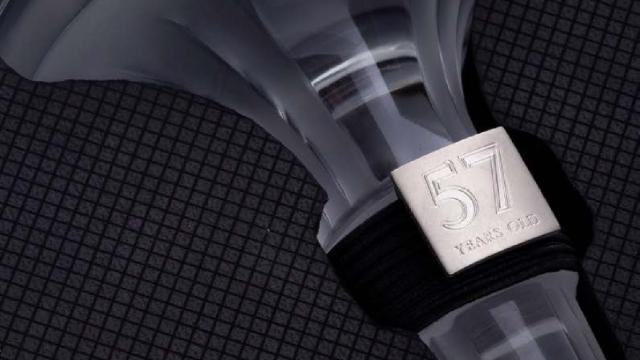
Discover and bid on old, rare and collectible whiskies in our online auctions each month.
You can place bids either under the lot image on the main auction page or on the right side of the individual lot page.
Placing a Maximum Bid
Use the "Set your bid limit" button on the left side of the bidding panel to enter the highest amount you're willing to bid on a lot. Our system will then automatically raise your bid in set increments if you’re outbid, up to your maximum. If someone bids above your set limit, we’ll notify you by email so you can choose whether to increase your bid.
Placing a Single Bid
Alternatively, place a single bid by selecting the button on the right side of the bidding panel. The button displays the amount needed for the next increment. For example, if the current highest bid is £50.00, the button will show "+ £55.00" (reflecting a £5.00 increment).
Incremental Bidding Explained
Our system increases bids based on preset increments, as shown in the table below, whether you set a maximum bid or make a single bid.
Discover and bid on old, rare and collectible whiskies in our online auctions each month.
Our global whisky auctions give your bottles the attention they deserve. Get started with a free valuation today.
Each month, we host whisky auctions featuring thousands of bottles from iconic whisky regions around the world.
Whether you're searching for old and rare Scotch whisky, legendary independent bottlings, exciting new world whiskies, or incredible single casks, our auctions are the perfect place to discover your next prized bottle.
Our global whisky auctions connect your bottles with passionate whisky enthusiasts worldwide. If you'd like to consign whisky for auction, simply complete our Seller Form today.
The value of a bottle can change based on supply and demand, so it’s important to get an up-to-date valuation. At Whisky Auctioneer, we provide accurate valuations based on the latest market trends.
For a free, no-obligation valuation, simply complete our quick and easy Seller Form, and we'll get back to you with an estimate.
We take your privacy seriously - user information and identity are never revealed during the bidding process. For more details, please see our Privacy Policy.
When browsing the bidding history for a specific lot, you will see that all bids are anonymised and only display a date and time stamp.
All the information you need to sell your wine can be found in our step-by-step Seller’s Guide. This guide is designed to walk you through our easy, hassle-free process and help you get started with selling your whisky at auction online.
Whisky Auctioneer makes it easy for whisky enthusiasts and collectors worldwide to buy and sell whisky through our monthly online auctions.
For Sellers:
For Buyers:
Whether you’re selling rare vintages or looking for your next great bottle, our online auctions provide an effortless, trusted, and exciting way to buy and sell collectible whisky online.
You can find all the details about the fees involved in buying wine at auction on our Buyer Fees and Payment Terms page.
We use a structured bidding system to ensure a fair and smooth auction process.
Whether you set a maximum bid or manually place a single bid, the system will automatically increase your bid according to the following increments outlined in the table below.
Our monthly auctions end from 7:00 PM (UK local time) on the closing date. If a bid is placed after 7:00 PM on any lot, the entire auction will be extended by an additional two minutes.
The auction will end once all bidding has ceased for two minutes. Based on previous auction activity, the auction will continue for several hours and is most likely to finish between 9pm - 11pm (UK local time).